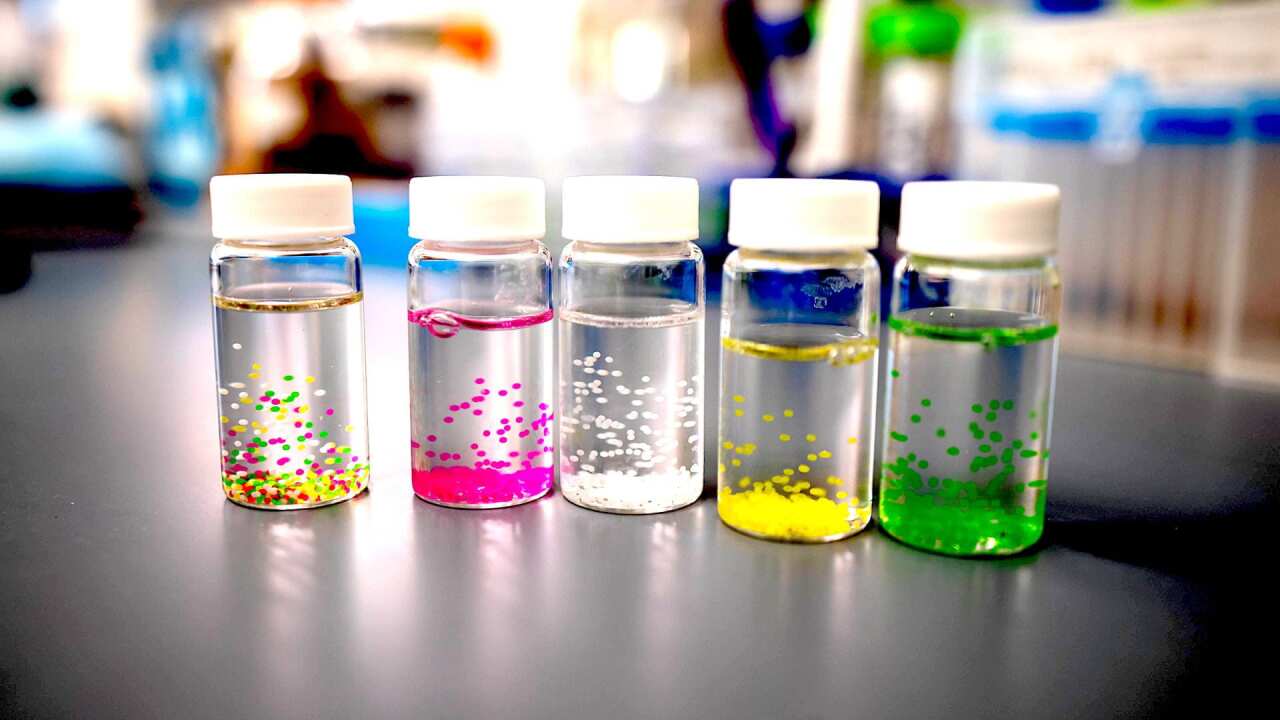More than 60,000 people are diagnosed with type 1 diabetes every year. Now researchers say they're one step closer to a cure.
Type 1 diabetes is an autoimmune disorder in which the body's own immune system attacks insulin-producing cells. In response, their body can't maintain healthy blood glucose levels.
Researchers at Rice University recently had a breakthrough that could help.
Bioengineering professor Omid Veiseh says researchers have been trying to insert insulin-producing cells into the body of someone with type 1 diabetes, but unless something is done to disguise those cells, the body will attack them.
"So there's been this concept of what if we could encapsulate, really cloak these insulin-producing cells in a type of a matrix where they would be in the body, they would have access to all the nutrients and oxygen and glucose would be able to permeate in," Veiseh said. "But then this cloaking hydrogel would prevent immune cells from entering into it."
However, Veiseh says the cloaking doesn't always work because the body will still recognize the materials as foreign.
His team has found a way to test and screen hundreds of materials at the same time, to identify which particular materials the body's immune system would accept.
The next step is injecting the cloaking hydrogel into the body so the insulin-producing cells can do their job.
"Each one of these spheres is a porous hydrogel that cells can be loaded into," Veiseh said. "In fact, we could load up to like 40,000 cells in each of these beads."
So far, Veiseh says his team has been able to cure animals of type 1 diabetes. He's hopeful they can advance to human clinical testing in the next three to five years.




